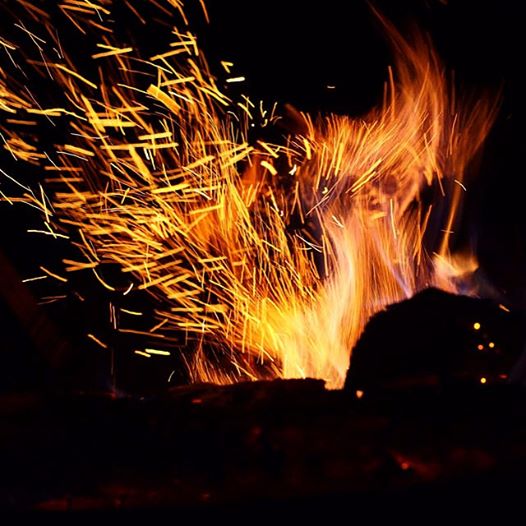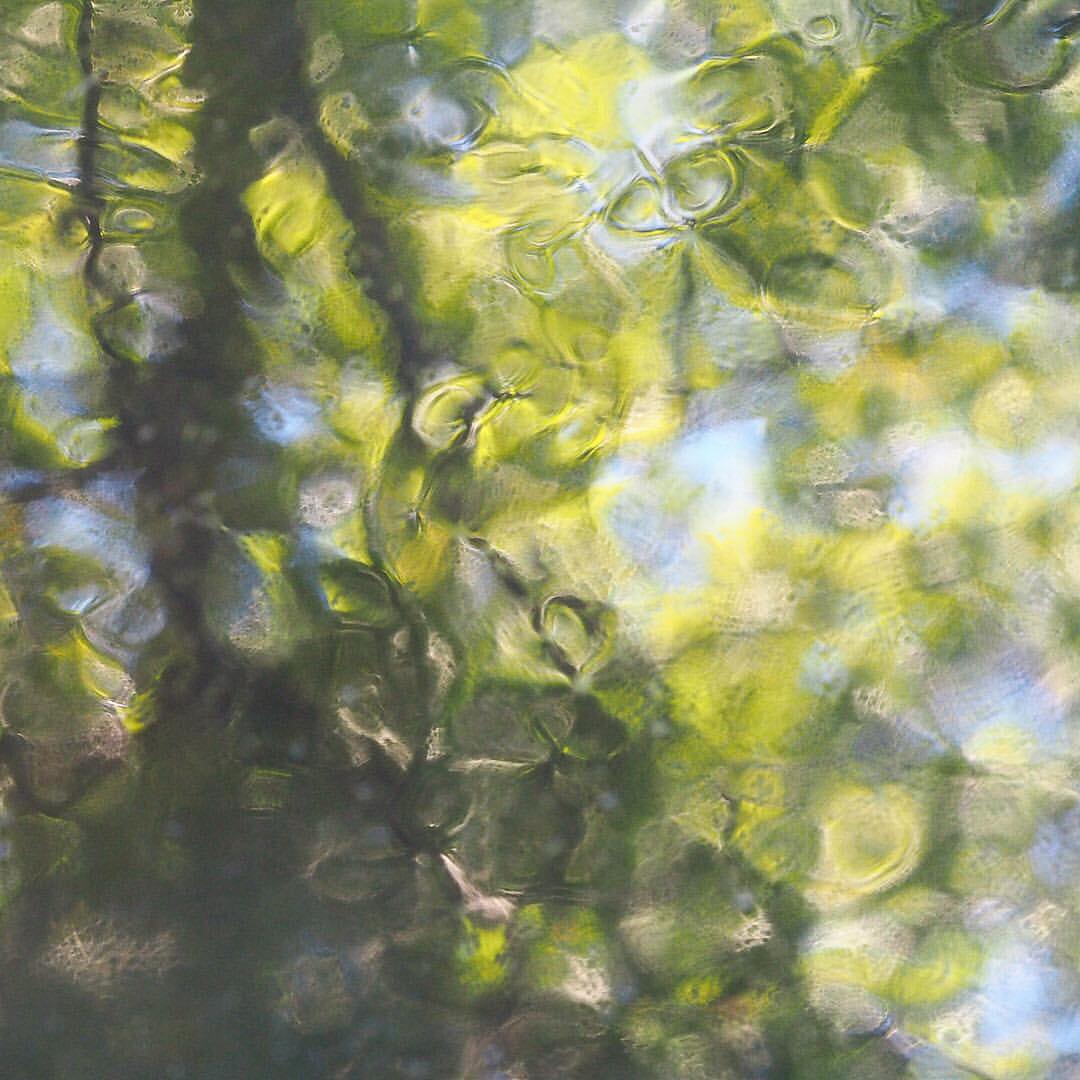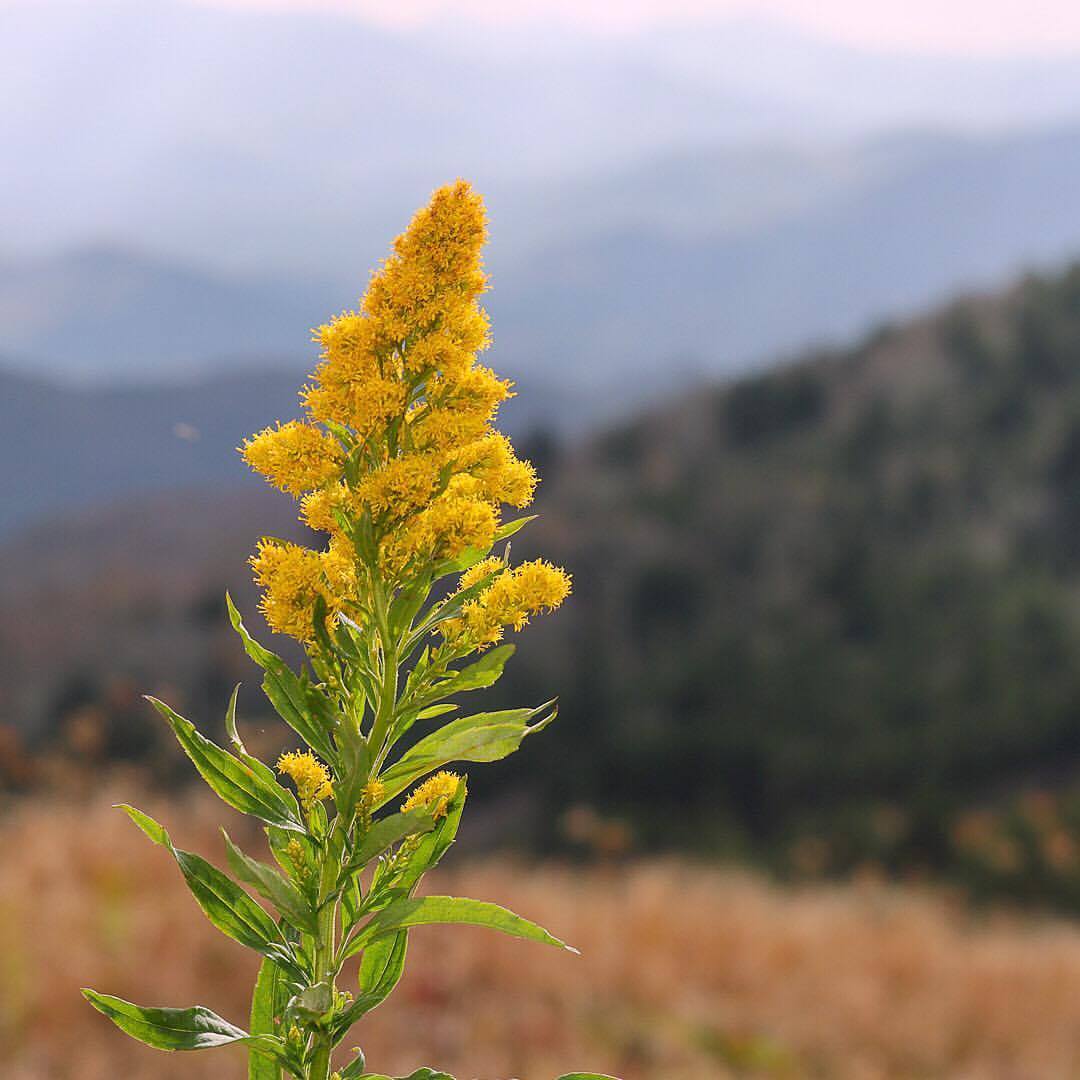
Cycads are the oldest insect pollinated plants. The Jurassic is known as the age of the cycads, when these then well established plants were a major part of the dinosaur diet. In spite of the ancient origin of their ancestors, most of the modern species are only 12 million years old, when there was a burst of cycad diversity. Whatever created this frenzy of new species was short lived, since no new species have evolved in a couple million years. Though some individual plants can live 1000 years, two thirds of cycad species are now endangered.
One of the most exciting parts of my trip to Cuba was seeing the critically endangered Microcycas calocoma cycad in the wild. I saw a specimen in cultivation at the National Botanical Garden in Havana, but was determined to see them in their natural habitat. It was an exciting expedition, made even more so by the need to cross a less than totally secure log across a river in an impromptu log-rolling event. I don’t mind getting wet but my cameras do, so I was careful in crossing that they didn’t go for a swim!
This is the only species in its genus, found in a small area of western Cuba. Population estimates range from 300 to 6000 plants, but research shows populations are steadily declining. This is most likely due to the possibly imminent extinction of its pollinator, a beetle species that was described for the first time in 2005. Though many of these trees have been cleared for agriculture, some remain in less accessible habitats unsuitable for farming. As seen in this photo, the trees are growing almost directly on rock, their trunks twisting both to reach the tiny patches of soil and the light by the river’s edge. Given the difficulty in reaching this study population, I am confident they will survive at least a while longer. But I am grateful for seeing such magnificent plants representing a fading memory of their former glory.



